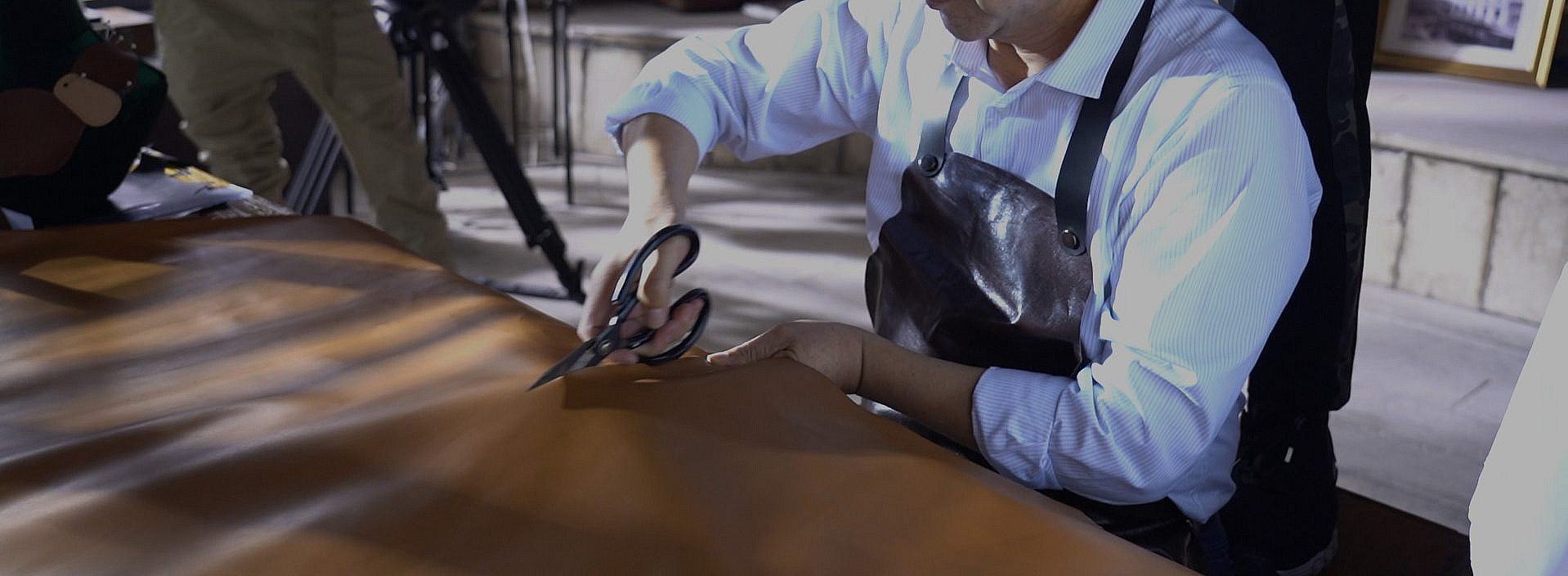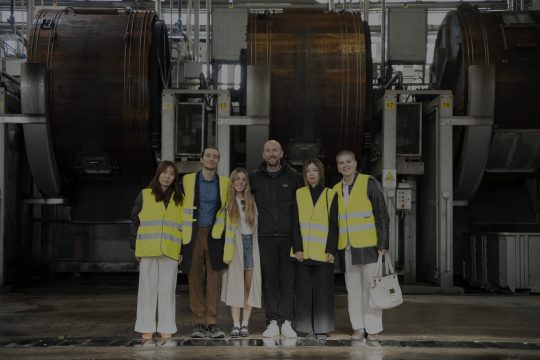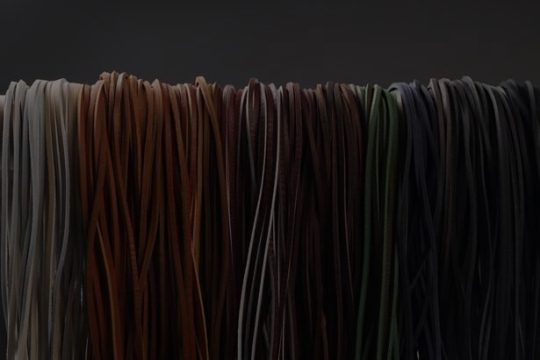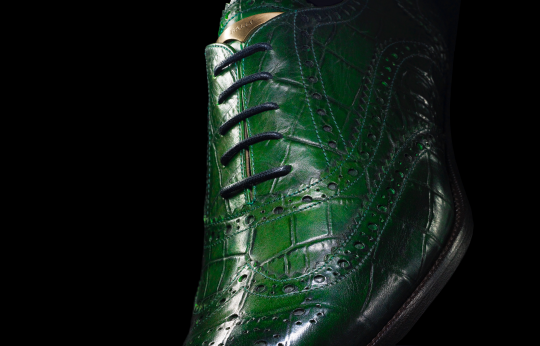Obviously, leather is our number one by-product – it’s not only beautiful and durable, it’s probably the oldest upcycled product there is. But you might be surprised by the rest of our top five. Who knew all these things were discovered by accident?
Leather
Simply a by-product of the meat and dairy industry. At current prices, the hide is worth less than one per cent of a cow’s value. No cows are killed for leather, it just doesn’t make economic sense. In fact, 40 per cent of hides are just thrown away, mostly ending up as landfill. So next time you’re considering your next leather purchase, do it safe in the knowledge you’re helping the environment by cutting waste and lowering the CO2 emissions of landfill.
Marmite
The old love-it-or-hate-it spread is a staple of most kitchens, adding savoury goodness or foul-tasting gunk (according to where you stand on the subject) to everything it touches. But did you know Marmite is actually a by-product of the brewing industry? Until around 150 years ago, breweries were left with gallons of excess froth and yeast which was usually dumped into rivers. Until German scientist Justus Leibig decided to boil all this waste down to see if you could eat it. It turned out, with the addition of lots of salt, you could. And Marmite was born.
Bran
Bran, the prized provider of fibre, used to be thrown away as part of the process of milling wheat. Essentially it is the hard outer layers of the wheat that protects the softer part that is milled for flour. Launched in cereal form as Bran Flakes in 1915 by (who else) Kellogg’s, it has haunted our breakfast tables ever since. High in fibre, bran is great for digestion. It is also highly regarded by gardeners as a slug deterrent.
Molasses
Molasses, or black treacle, is basically the waste created by the refining of beet and cane sugar. It is the liquid extracted to leave the dry sugar crystals. Molasses comes in different types according to when in the refining process it is taken. There are usually three extractions, with the first producing the most delicate treacle and the last almost inedible sludge. Prized by bakers and sweet manufacturers, it is also a central ingredient in the production of rum. In 1919, Boston witnessed a slow-moving tidal wave of two million gallons of molasses when a storage tank burst.
Buttermilk
Once an afterthought, buttermilk now costs almost as much as the butter it is a by-product of. The thin, cloudy, slightly tart liquid is what is left after cream is churned in the butter-making process. Now it is used widely in baking and in that modern classic buttermilk chicken.








